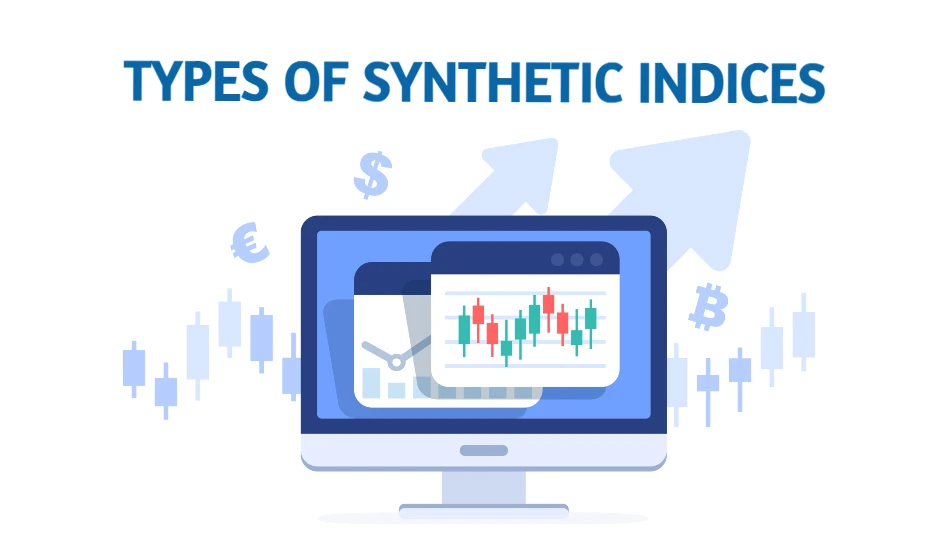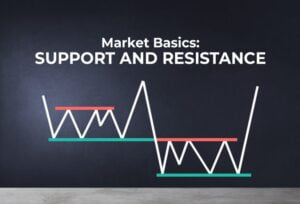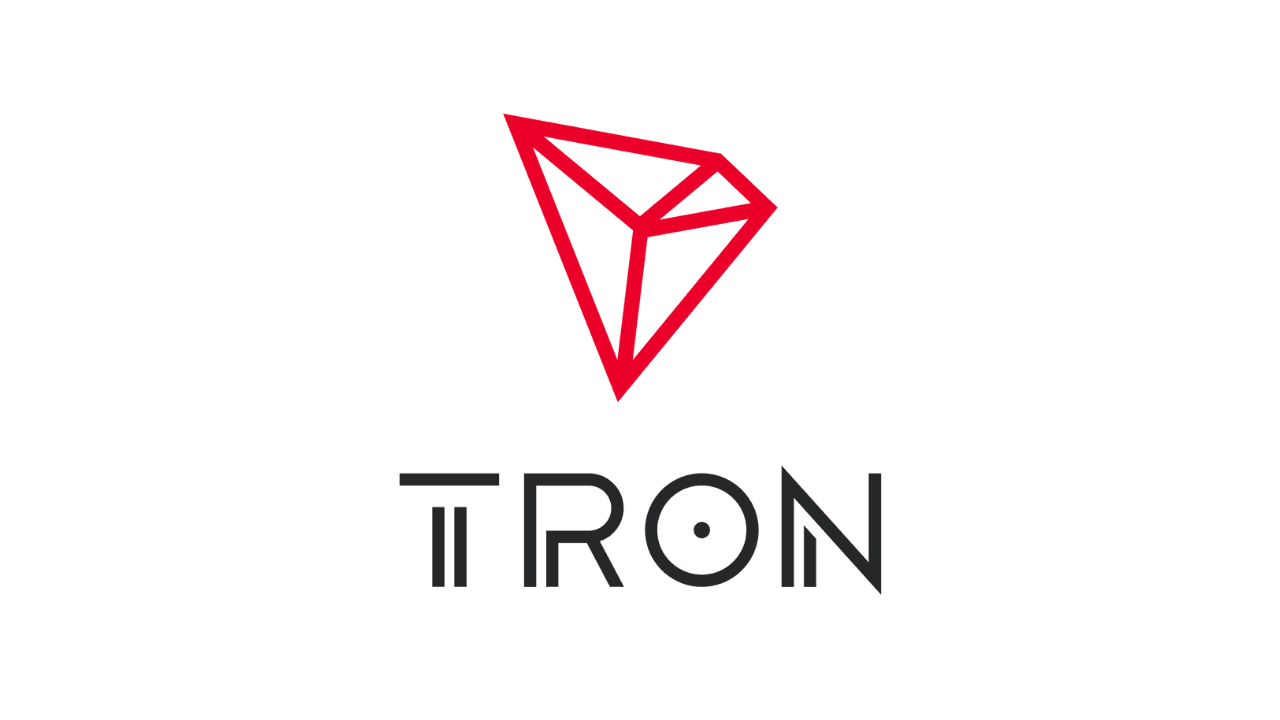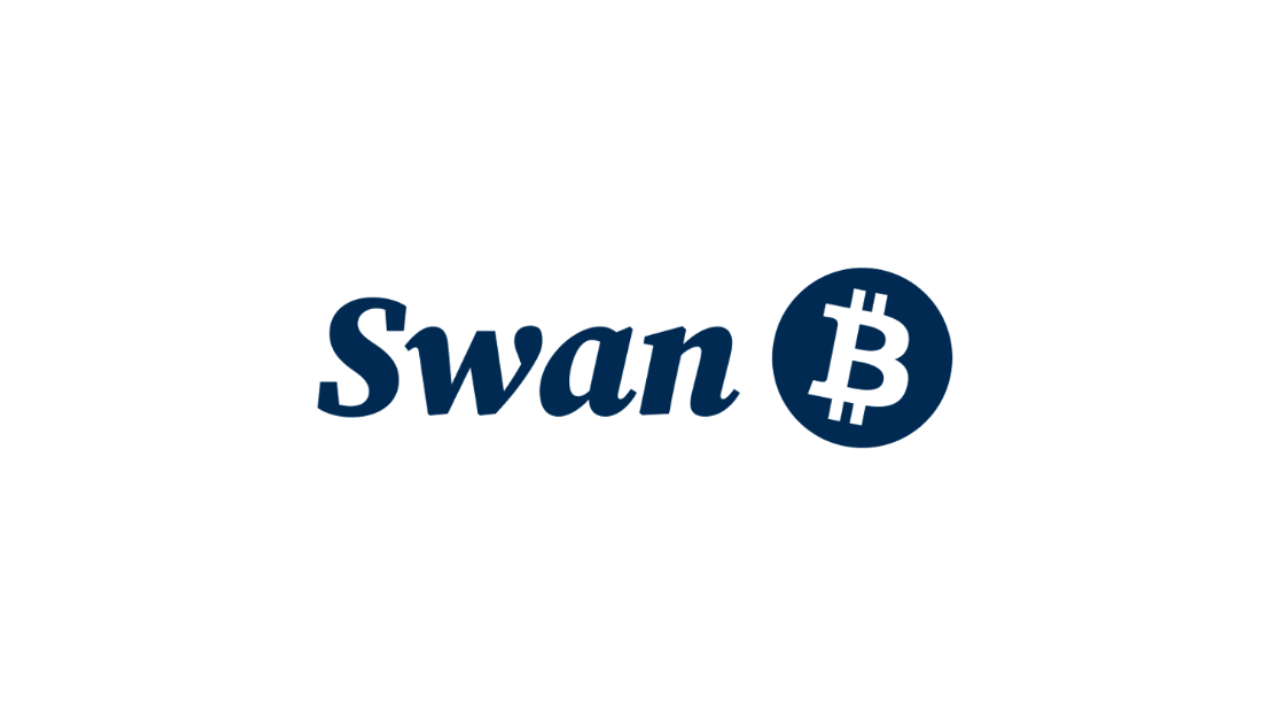In the dynamic and ever-shifting landscape of online trading, the advent of synthetic indices stands as a groundbreaking development. These innovative tools are redefining the ways in which investors and traders interact with the markets. Diverging from the traditional indices that mirror real-world assets, synthetic indices are the brainchildren of intricate algorithms, skilfully mirroring a myriad of market conditions and behaviors.
In this article, we will delve into the world of synthetic indices’ types, exploring their distinct and intriguing features. Note that synthetic indices do not have universal or fixed types. Given the vast potential for their creation, they are broadly classified based on their presence across various platforms.
Table of Contents
ToggleTypes of Synthetic Indices
Volatility Indices
Volatility indices, unlike their counterparts that track asset prices, hone in on the market’s forecast of future volatility, inferred from options prices. The VIX, in particular, is a popular volatility index that offers a window into the expected 30-day volatility of the US stock market.
Besides this, similar volatility indices can exist for other asset classes, such as forex, crypto and commodities, broadening their scope and utility.
Composite Indices
These are the all-encompassing giants of the synthetic indices world, amalgamating various financial instruments like stocks, bonds, and derivatives. Their aim? To replicate the performance of specific market sectors or the entire market itself.
Take, for example, a composite index that tracks a mix of tech stocks, government bonds, and currency futures, offering a panoramic view of an economic segment. These indices are a treasure box for investors seeking a diversified portfolio without the complexities of individual asset investments, simplifying market engagement.
Crypto Synthetic Indices
Crypto synthetic indices are algorithmically constructed indices that track a basket or a specific aspect of the cryptocurrency market. Unlike traditional crypto indices that might simply track the prices of top cryptocurrencies, synthetic indices offer a more nuanced and tailored view of the crypto world. They can be designed to track various metrics such as the performance of a certain category of cryptocurrencies (like DeFi tokens, and NFT platforms), or even more abstract concepts like market sentiment or network activity.
For instance, a synthetic index about DeFi’s new projects may track the performance and growth of pioneering projects in the Decentralized Finance sector. This index can be ideal for investors who are interested in the innovative and rapidly evolving world of DeFi, offering exposure to projects that are leading the way in terms of technology, adoption, and market impact.
Environmental, Social, and Governance (ESG) Indices
Riding the wave of sustainable and ethical investing, ESG synthetic indices have carved a niche for themselves.
They evaluate the performance of companies excelling in environmental care, social responsibility, and governance standards. These indices are not just investment tools; they are a statement, enabling investors to reach their financial goals with their ethical values. By screening companies on stringent ESG criteria, these indices ensure adherence to ethical norms, making them a moral and strategic choice in diverse market conditions.
Strategy Indices
These synthetic indices are the maestros of the investment world, orchestrating specific trading strategies into measurable outcomes.
They may replicate the execution of diverse trading strategies, be it scalping, long-term trading, or momentum trading. A strategy index might, for instance, mimic a model that identifies undervalued securities for buying and overvalued ones for sale. Their charm lies in offering traders a taste of sophisticated strategies, minus the need for active, hands-on management.
Currency Indices
These are the lenses through which the vast and complex world of forex is viewed, tracking the performance of a group of currencies against a base currency.
A US dollar basket, for example, measures the USD against a bouquet of major global currencies. These synthetic indices are pivotal for those looking to understand the overarching strength or frailty of a currency, providing a more comprehensive perspective than individual currency pairs.
Moreover, an AUD_Basket and GBP_Basket index tracks the Australian Dollar and British Pound against a basket of major currencies. They provide a further overview of how these currencies are doing globally, extending several trading opportunities.
Commodity Indices
Tracking a diverse array of commodities, from energy sources to precious metals and agricultural products, commodity indices are the barometers of the commodity markets.
They offer insights into global economic trends and are indispensable for traders seeking commodity market exposure without delving into the complexities of direct investments in physical goods or futures contracts. These indices also serve as crucial benchmarks for assessing the performance of commodity investments.
Speed Index
A speed synthetic index gauges how fast market prices change.
This is important in understanding broader market dynamics and this is especially useful to people who need to respond quickly to changes such as high-frequency traders or anyone interested in the momentum of markets. It is widely adopted by speculators and algorithmic traders who are keen on benefiting from short-term market swings.
Metal Index
Metal indices cover various metal commodities spanning precious metals to industrial metals. It is a helpful instrument for those who want to monitor the metal market because it shows common tendencies of industrial demand and investments in metals.
Bottom Line
In conclusion, it is obvious that synthetic indices are not just figures on the monitor; they provide insights into the multicolored and constantly changing realm of financial markets. Each index, having its specific features and characteristics is a separate instrument covering various aspects of the market.
What is truly remarkable about these indices is their flexibility and growth drive. They adapt to the diverse changes in the financial markets, which continue to evolve due to global economic changes, technological advancements and shifts in investor behaviors. It can be said that synthetic indices are not stagnant – they are dynamic entities that reflect and respond to the changing narrative of the market.
Consequently, the possibilities for new synthetic indices are immense in the future. This development could lead to a better understanding of market trends, offering deeper insights into how investors behave and enabling more tailored strategies for both investors and market analysts.













